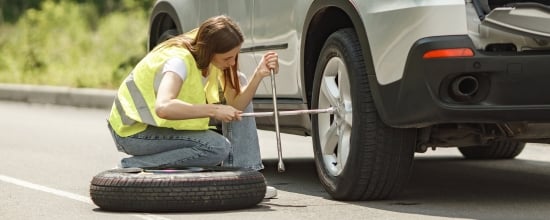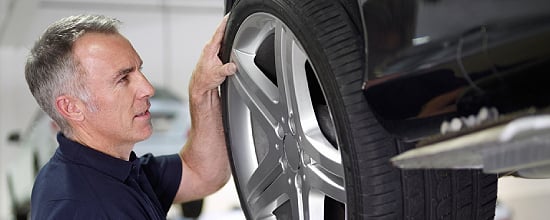1. Essential Tire-Changing Tools
Every driver needs three essential tools for changing a tire: a lug wrench, a car jack, and a spare tire. The lug wrench loosens wheel nuts, while the jack lifts your vehicle. These tools typically come with your car, stored in the trunk.
Replacement tools are affordable at auto parts stores - about $20 for a lug wrench and $50 for a basic jack. Some manufacturers provide space-efficient combination tools. Before changing a tire, locate your vehicle's designated jack points in the owner's manual to prevent undercarriage damage.
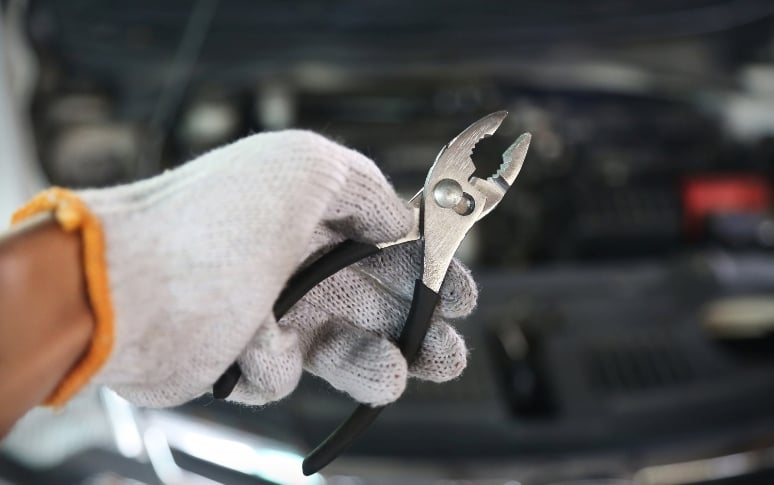
2. Understanding Your Spare Tire Options
Vehicles come with different spare tire types. Full-size spares provide a reliable replacement but take up trunk space, common in SUVs and trucks. Compact "donut" spares save space but have speed limitations (50 mph) and distance restrictions (50-70 miles).
Newer vehicles may have run-flat tires (drivable for 50 miles after a puncture) or emergency repair kits with sealant. Check your spare's pressure monthly, as a flat spare is useless in an emergency. Know your specific spare type before you need it.
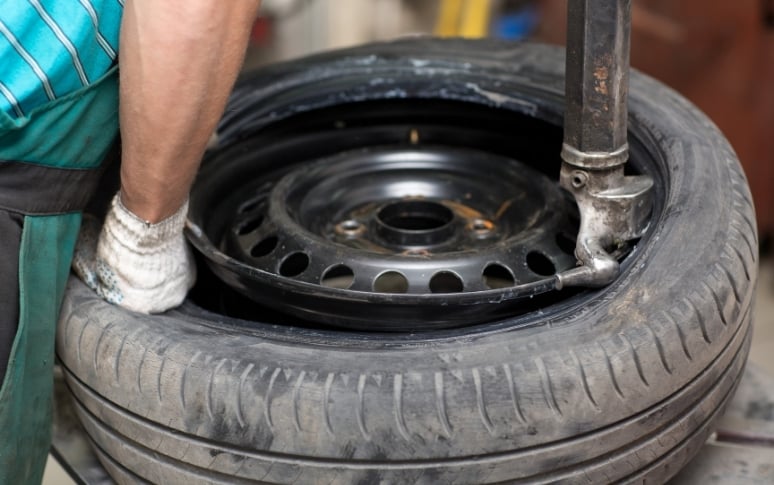
3. Safety First: Responding to a Flat Tire
When you suspect a flat tire (vehicle pulling, vibration, thumping sound), pull over gradually using gentle inputs. Activate hazard lights immediately to alert other drivers.
Choose a safe stopping location on level ground away from traffic when possible. Busy highway shoulders should be the last resort - parking lots or side streets are safer. Apply the parking brake and use wheel wedges to prevent rolling. If you feel unsafe due to location or conditions, call roadside assistance.

4. Step-by-Step Tire Changing Procedure
Start by gathering all tools and the spare parts. Before jacking up the car, loosen (but don't remove) the lug nuts while the wheel is still on the ground, providing resistance. Remove any hubcap first. Position the jack at the designated point and raise the vehicle until the tire is off the ground.
Remove the lug nuts, pull off the damaged wheel, and mount the spare. Hand-tighten the nuts, lower the vehicle until the tire contacts the ground, then tighten in a star pattern. Finally, lower completely, give nuts a final tightening, and store all equipment.

5. Common Tire-Changing Challenges
For stubborn lug nuts, position the wrench horizontally and carefully step on it for leverage. Never use lubricants on lug nuts as they can loosen while driving. If a wheel seems fused to the hub from rust, lower the jack slightly so the tire barely touches ground with lug nuts removed.
Then gently kick the tire at the sides or use a rubber mallet. For vehicles with wheel locks, verify the key location before starting. Without it, tire shops can remove locks with specialized tools.
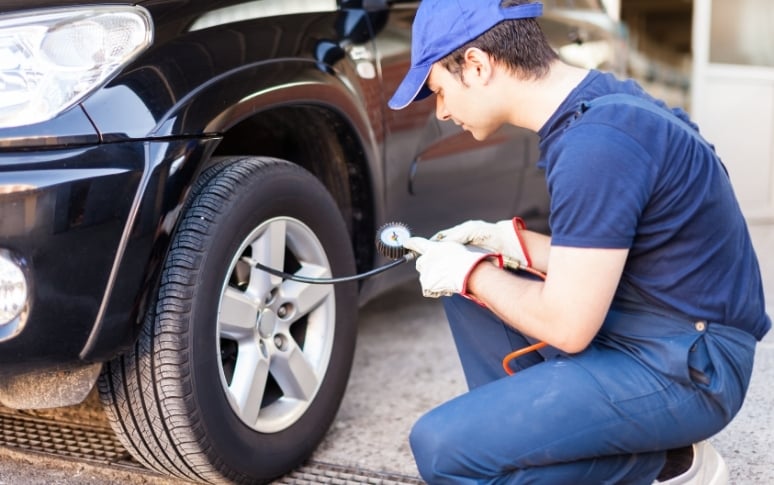
6. Special Considerations for Electric Vehicles
Electric vehicles present unique challenges due to their weight distribution. Most EVs are heavier than gas vehicles, requiring specially designed tires with reinforced sidewalls and unique tread compounds to handle the weight and instant torque.
Many EVs omit spare tires to maximize range and battery space, instead using run-flat tires or repair kits. The changing procedure remains similar, though consult your manual for model-specific jack points to avoid battery damage. Some larger electric vehicles, like the F-150 Lightning do include full-size spares.

7. Temporary Spare Limitations
After installing a temporary spare, understand its limitations. These "donuts" have maximum speed ratings of 50 mph and shouldn't exceed 50-70 miles of use. Their different sizes affect handling, braking, and traction control.
Proceed directly to a repair facility. Your vehicle may display warning lights as systems detect the different tire sizes. For vehicles with all-wheel drive, consult your manual before driving with a temporary spare, as size differences can damage drivetrain components in some systems.

8. Preventive Tire Maintenance
Regular maintenance reduces flat tire risks. Monthly, check tires for damage and wear. Use the penny test for tread depth - if Lincoln's head is fully visible, replace the tire. Maintain proper pressure according to manufacturer's specifications.
Rotate tires every 5,000-7,000 miles for even wear. Avoid parking on oil or chemical spills that degrade rubber. Consider puncture-resistant tires for poor road conditions. These practices not only prevent flats but also extend tire life and improve fuel efficiency, saving you time and money.


